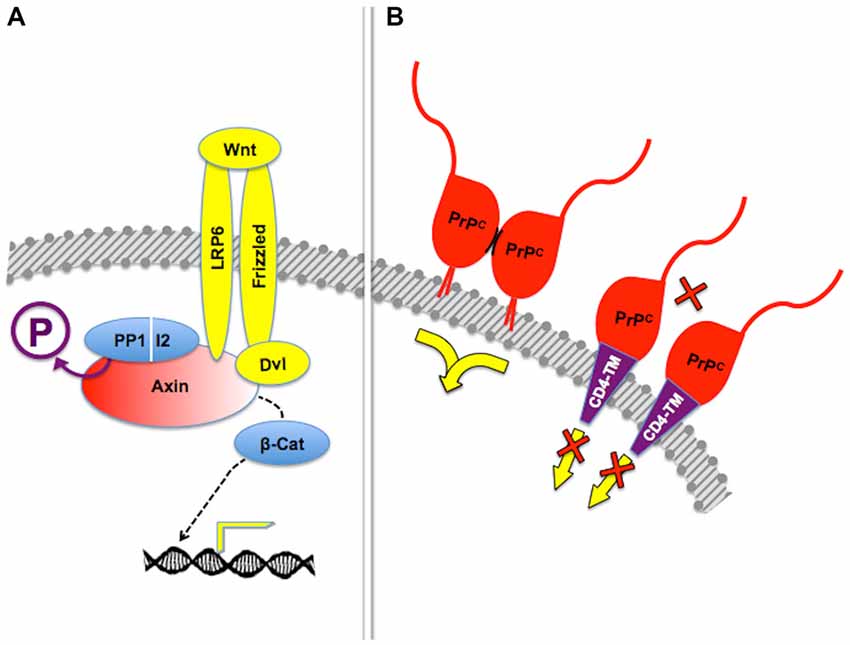
We aimed to develop a broad-spectrum infection vaccine that is potent, durable and safe, using complex killed bacterial components that do not require cold-chain storage and can be used for ring vaccination in biothreat or pandemic emergencies, without having to first identify or isolate the pathogen. Importantly, there are no approved vaccines for the most common pathogens causing sepsis, including Gram-negative Escherichia coli, Gram-positive Staphylococcus aureus or the methicillin-resistant form of S. Moreover, all existing vaccine modalities require that the pathogen or antigens be isolated before a vaccine can be developed, which may not be possible with rapidly spreading pathogens or engineered biothreat agents.

Other vaccines use inactivated bacteria or inactivated toxins 7, but given that purified carbohydrate vaccines are poorly immunogenic and require multiple boosts 8, carbohydrate antigens are often chemically conjugated to proteins to increase their efficacy 9 however, these approaches are limited to only a subset of bacterial strains 10 or require the modification of the antigen 11. Some bacterial vaccines have been developed using live-attenuated bacteria (for example, BCG for Mycobacterium tuberculosis) but these have outgrowth risks, especially in immunosuppressed patients 6. Although broad-spectrum infection vaccines could be used to confront the challenges related to increases in drug-resistant bacterial infections and decreases in approvals of new antibiotics, the major antigens on bacterial-cell-wall surfaces are poorly immunogenic serotype-specific polysaccharides that do not easily support vaccine production 4, 5. The strong immunogenicity and low incidence of adverse events, a modular manufacturing process, and the use of components compatible with current good manufacturing practice could make this vaccine technology suitable for responding to bacterial pandemics and biothreats.ĭeaths from drug-resistant microbial infections are increasing 1, 2, approvals of new antibiotic classes are falling 1, 2, and there are increasing concerns about engineered biothreat agents that may be difficult to treat with conventional therapeutics 3.
SCAFFOLD PROTEIN NAMED SHOCK SKIN
The vaccines protect mice against skin infection with methicillin-resistant Staphylococcus aureus, mice and pigs against septic shock from a lethal Escherichia coli challenge and, when loaded with pathogen-associated molecular patterns isolated from infected animals, uninfected animals against a challenge with different E. The vaccines are assembled from regulatorily approved products and consist of a scaffold with absorbed granulocyte-macrophage colony-stimulating factor and CpG-rich oligonucleotides incorporating superparamagnetic microbeads coated with the broad-spectrum opsonin Fc-mannose-binding lectin for the magnetic capture of pathogen-associated molecular patterns from inactivated bacterial-cell-wall lysates. Here we report injectable biomaterial vaccines that trigger potent humoral and T-cell responses to bacterial antigens by recruiting, reprogramming and releasing dendritic cells.

Most bacterial vaccines work for a subset of bacterial strains or require the modification of the antigen or isolation of the pathogen before vaccine development.


 0 kommentar(er)
0 kommentar(er)
